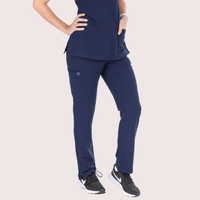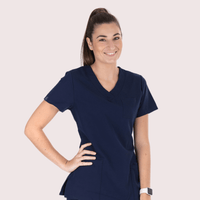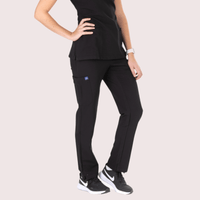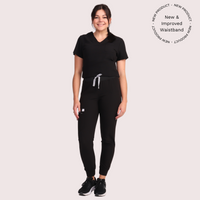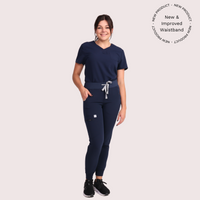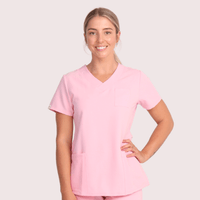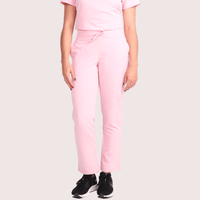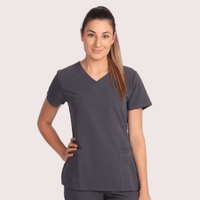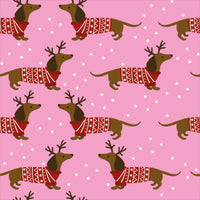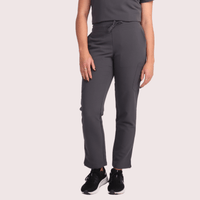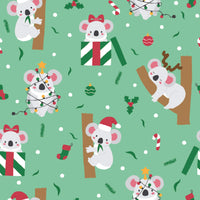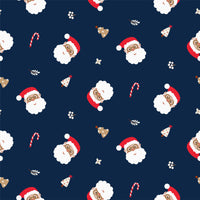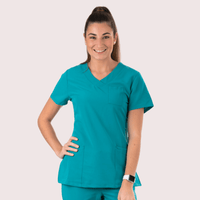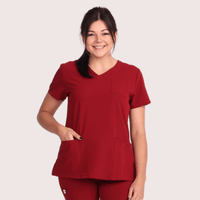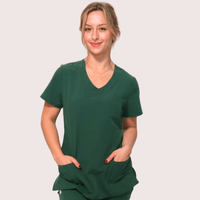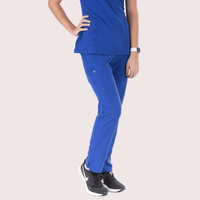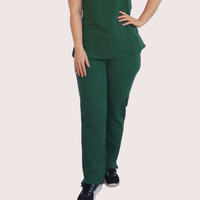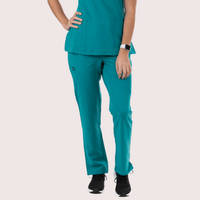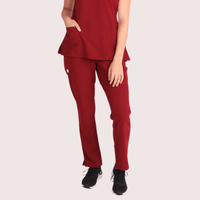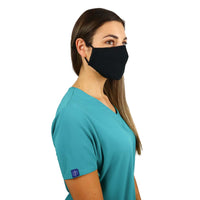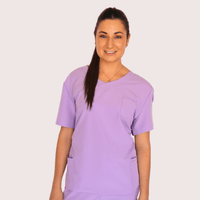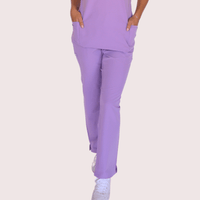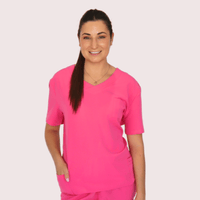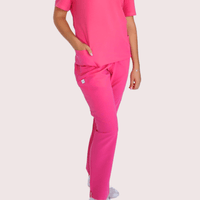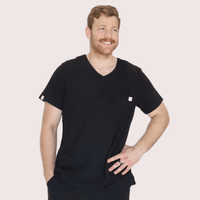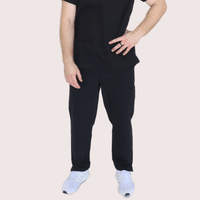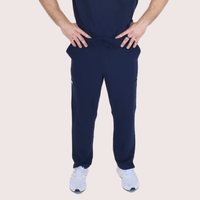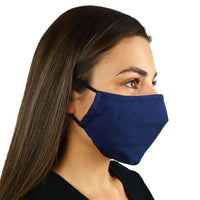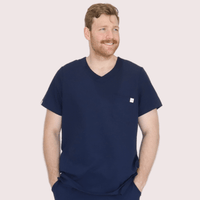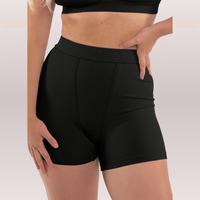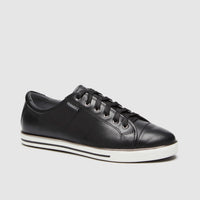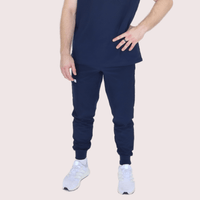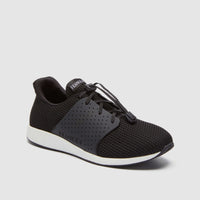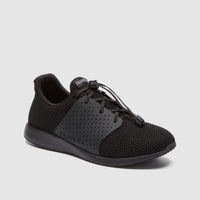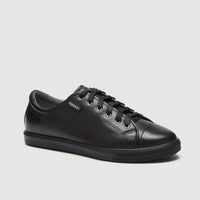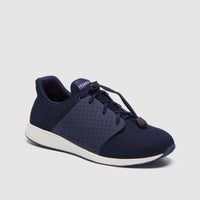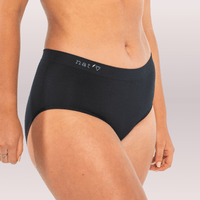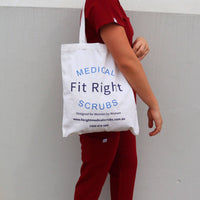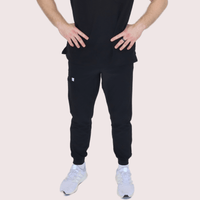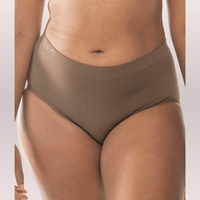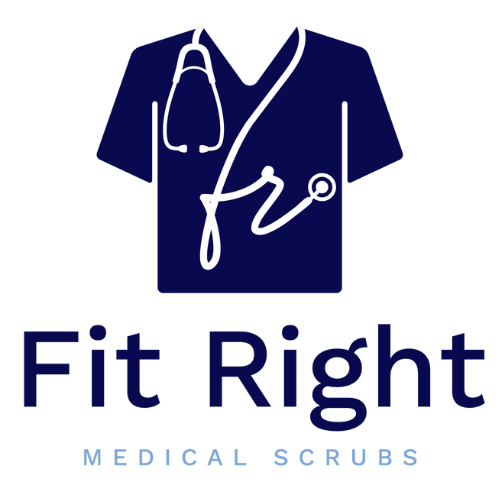
These items were nicknamed "scrubs" because they are utilised in a sterile (scrubbed) environment. We've advanced significantly in preventing cross contamination and disease transmission due to enhanced sanitary procedures and strict biohazard regulations.
Beyond serving as a safer method to prevent blood and guts, scrub suits are needed in the medical sector for nurses, surgeons, and other healthcare providers.
1. Scrubs Reduce Eye Strain Pain
Blue and green were chosen first and foremost because of their natural contrast to red, making it simpler to wash out or disregard particular stains and providing far less anxiety to patients seeing others covered in blood when surgeons initially utilised colours other than white.
Furthermore, as operations can last for more than a dozen hours, the continual red focal point of a patient's viscera frequently resulted in eye strain and headaches, especially when the only thing to look at was a colleague's white and blood-spattered operating room clothing. After hours spent staring at various reds, the greens and blues were natural colours that helped the eyes take a rest and resettle.
2. Washing scrubs is a piece of cake
When it became clear that doctors and surgeons would be guilty if they dressed simply in their clothing when dealing with patients, it became essential to create clothing that could be easily worn, washed, and re-used, drying rapidly and taking little time to prepare. Scrubs are the most basic clothing: a single top with no collar, buttons, or long sleeves and a pair of pants pulled tight with a drawstring. Furthermore, their colour makes bloodstains and other bodily fluids (such as urine and amniotic fluid) less visible over time, especially after multiple washes.
3. scrubs are both breathable and flexible
Scrub fabric has breathability, flexibility, comfort on the skin without being thick or heavy, and considerable stretchability without being too tight or skintight.
Various companies utilise distinct mixes, but all scrubs have one goal: to allow the skin to breathe and improve mobility. Some scrub fabrics include moisture-wicking features for removing perspiration from the wearer. Antimicrobial fibres are used in scrubs with unique antimicrobial textiles that remove sweat without affecting pores or skin texture.
4. Staff is kept separate from the patient in Scrubs
Doctors, nurses, assistants, technicians, and even custodial staff wear scrubs, lab coats, or other scrub-like apparel in hospitals and clinics. It makes it much easier for patients to identify who on the staff is a team member and who may be a fellow patient or visitor.
5. Scrubs are a cost-effective method of cleaning.
Scrubs made up of an affordable mix of fabrics and designed with minimal excess, and ergonomic considerations are valuable and cost-effective. This is especially significant for healthcare institutions that buy disposable scrubs regularly.
However, if ecological concerns exist, higher-quality scrubs that can endure are also available, which must be appropriately washed and frequently and may require strong chemicals.
